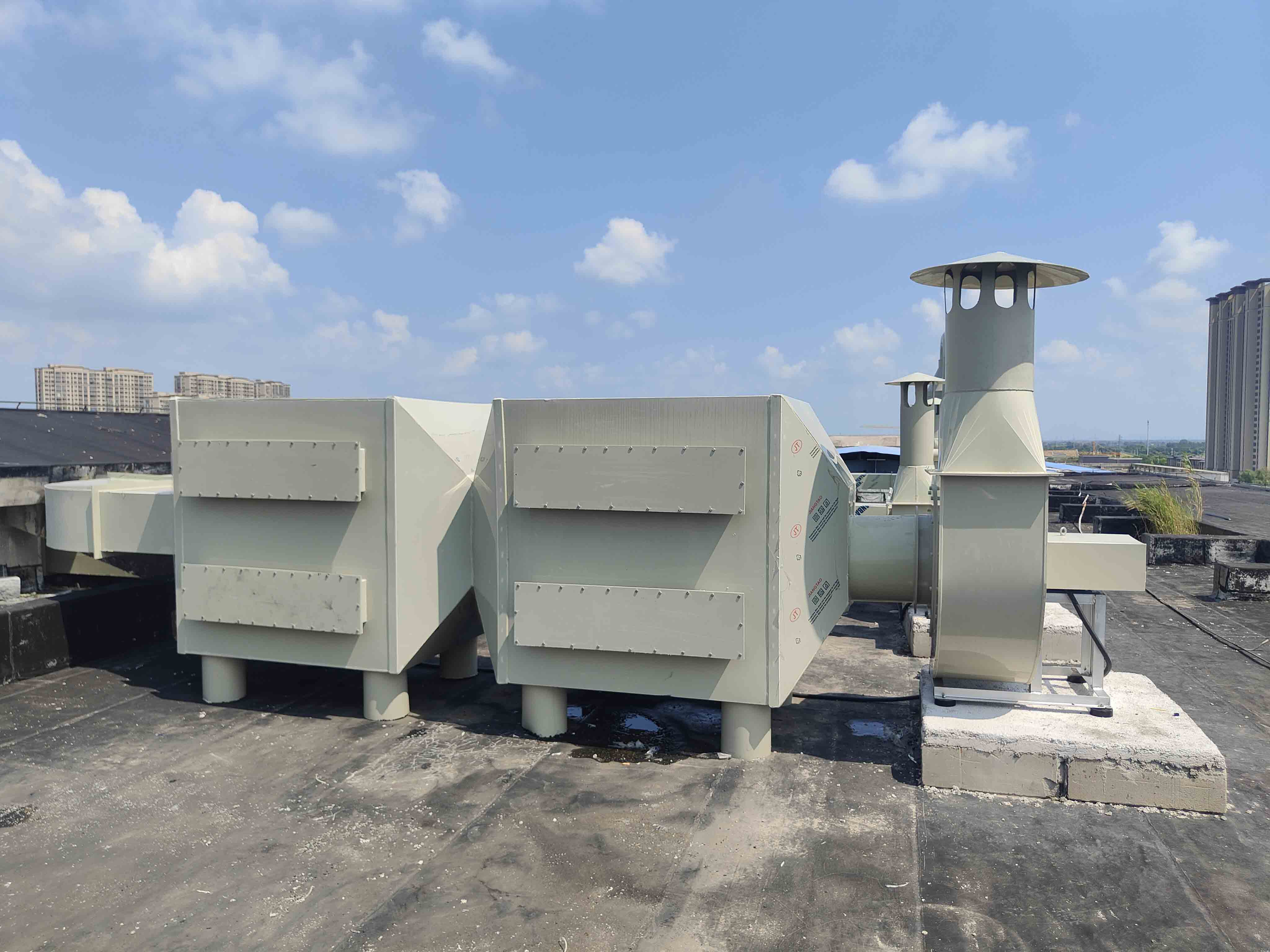In the world of science and innovation, laboratory environments are at the heart of critical breakthroughs. However, behind every safe and productive experiment lies a largely invisible but essential infrastructure: the ventilation system.
Laboratory ventilation isn’t just about comfort — it’s a core safety mechanism. It protects personnel from harmful fumes, prevents contamination, stabilizes room pressure, and ensures compliance with strict safety standards. Especially in labs dealing with hazardous chemicals, biological agents, or volatile materials, proper airflow design can literally save lives.
1. Why Laboratory Ventilation Matters
Laboratories are dynamic, high-risk spaces where chemical reactions, biological testing, and mechanical processes happen in close quarters. This creates potential for:
Exposure to toxic vapors or gases
Cross-contamination between work zones
Accumulation of flammable substances
Poor air circulation leading to long-term health risks
Without adequate ventilation, even the most advanced laboratory can become unsafe within hours. That’s why regulatory bodies like OSHA, ISO, and ASHRAE mandate minimum ventilation performance standards.

2. Core Components of a Lab Ventilation System
A modern laboratory ventilation setup typically includes:
Fume Hoods: These are critical enclosures designed to capture and exhaust hazardous substances directly from the source. Ducted fume hoods are used for handling strong acids or solvents, while ductless hoods suit lower-risk tasks with HEPA or carbon filters.
Local Exhaust Ventilation (LEV): These are small, targeted systems (e.g., snorkels) that remove contaminants at their origin — ideal for soldering stations, weighing powders, or localized chemical work.
Make-up Air Units: These provide fresh, conditioned air to compensate for exhaust losses, maintaining neutral or negative room pressure as needed.
Airflow Monitoring Devices: Sensors and displays measure face velocity and air exchange rates in real time, often triggering alarms when performance drops.
VAV (Variable Air Volume) Controls: Smart systems that adjust airflow dynamically based on occupancy or activity level, reducing energy waste without compromising safety.
3. Common Problems and Hidden Costs
Even well-equipped labs face hidden ventilation issues:
Unstable Face Velocity: If a fume hood’s airflow fluctuates, it may draw contaminants into the breathing zone. VAV systems or constant airflow monitors help prevent this.
Negative Pressure Imbalance: Over-exhausting air without make-up leads to suction issues at doors or infiltration of dirty air from adjacent spaces.
Cross-Contamination: Lack of zoning or proper directional airflow can spread contaminants between lab rooms.
High Energy Consumption: Traditional constant-air-volume systems waste energy. A poorly designed system can account for over 40% of a lab’s total energy use.

4. Standards and Guidelines
Global lab ventilation standards guide the design and performance of systems:
ASHRAE 110 – The U.S. standard for fume hood performance, based on tracer gas containment testing.
EN 14175 – The European counterpart, covering types of fume hoods and performance metrics.
ISO 14644 – Focused on cleanrooms but applicable to labs with stringent air cleanliness requirements.
Complying with these standards not only protects personnel but is often mandatory for regulatory approval and certification.
5. Smart and Sustainable Trends
Laboratory ventilation is becoming smarter and greener. Recent advancements include:
IoT-based Airflow Monitoring: Wireless sensors track room pressure, hood operation, and system efficiency in real time.
LIMS Integration: Smart ventilation systems can now sync with Laboratory Information Management Systems for centralized control and data logging.
Energy Optimization Algorithms: AI-driven platforms analyze lab usage patterns to reduce ventilation when spaces are unoccupied — cutting costs and emissions.
Demand-Controlled Ventilation: Systems increase or decrease airflow based on sensor input, ensuring optimal performance without manual intervention.
6. Design Considerations for New Labs
If you're planning or renovating a lab, consider the following best practices:
Separate clean and dirty zones with directional airflow
Use sash-position sensors for hood optimization
Include emergency purge switches for quick air clearance
Ensure quiet fan operation to reduce background noise
Involve HVAC and lab designers early to avoid late-stage conflicts

 Ventilation cabinet
Ventilation cabinet
 Medicine cabinet
Medicine cabinet
 Cupboard
Cupboard
 Dressing cabinet and shoe cabinet
Dressing cabinet and shoe cabinet
 Gas cylinder cabinet
Gas cylinder cabinet
 Test bench
Test bench
 Console
Console
 Tian Platform
Tian Platform
 Steel frame platform
Steel frame platform
 Laboratory Ventilation System
Laboratory Ventilation System
 Laboratory Gas Circuit
Laboratory Gas Circuit
 Activated Carbon Box
Activated Carbon Box
 Stainless Steel Stool
Stainless Steel Stool
 Laboratory Stool
Laboratory Stool
 Stainless Steel Water Tank
Stainless Steel Water Tank






